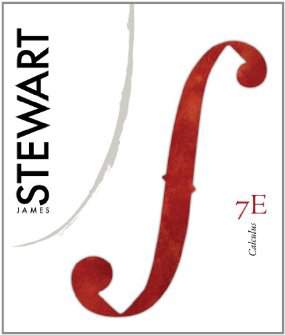Connecting...

This is a quick preview of the lesson. For full access, please Log In or Sign up.
For more information, please see full course syllabus of Multivariable Calculus
For more information, please see full course syllabus of Multivariable Calculus
Multivariable Calculus The Chain Rule
Lecture Description
In this lesson, we are going to talk about the chain rule, and you remember from single-variable calculus the chain rule just allowed you to differentiate functions that were composite functions. Now that we are dealing with these vector value functions, these functions of several variables and we have introduced the gradient, we can actually bring those tools to bare on differentiating a function, a composite function that involves functions of several variables. First we'll do the example that will help you understand this. When there is understanding, you can use the intuition that you have already developed to decide what goes next and where to go.
Bookmark & Share
Embed
Share this knowledge with your friends!
Copy & Paste this embed code into your website’s HTML
Please ensure that your website editor is in text mode when you paste the code.(In Wordpress, the mode button is on the top right corner.)
×
- - Allow users to view the embedded video in full-size.
Next Lecture
Previous Lecture










































 Answer Engine
Answer Engine




3 answers
Wed Mar 13, 2013 5:34 AM
Post by Yujin Jung on March 11, 2013
Hello!
Do you by any chance teach the 'Jacobian matrix' of a function?
Our lecturer referred to it as he was teaching the chain rule and was wondering how they relate to each other..
Thank you :)
0 answers
Post by Caleb Lear on October 11, 2012
I like your method for using the chain rule, I wonder if there's a way to adapt it for implicit differentiation? Right now I'm just deriving as before and multiplying by a partial where I need to.